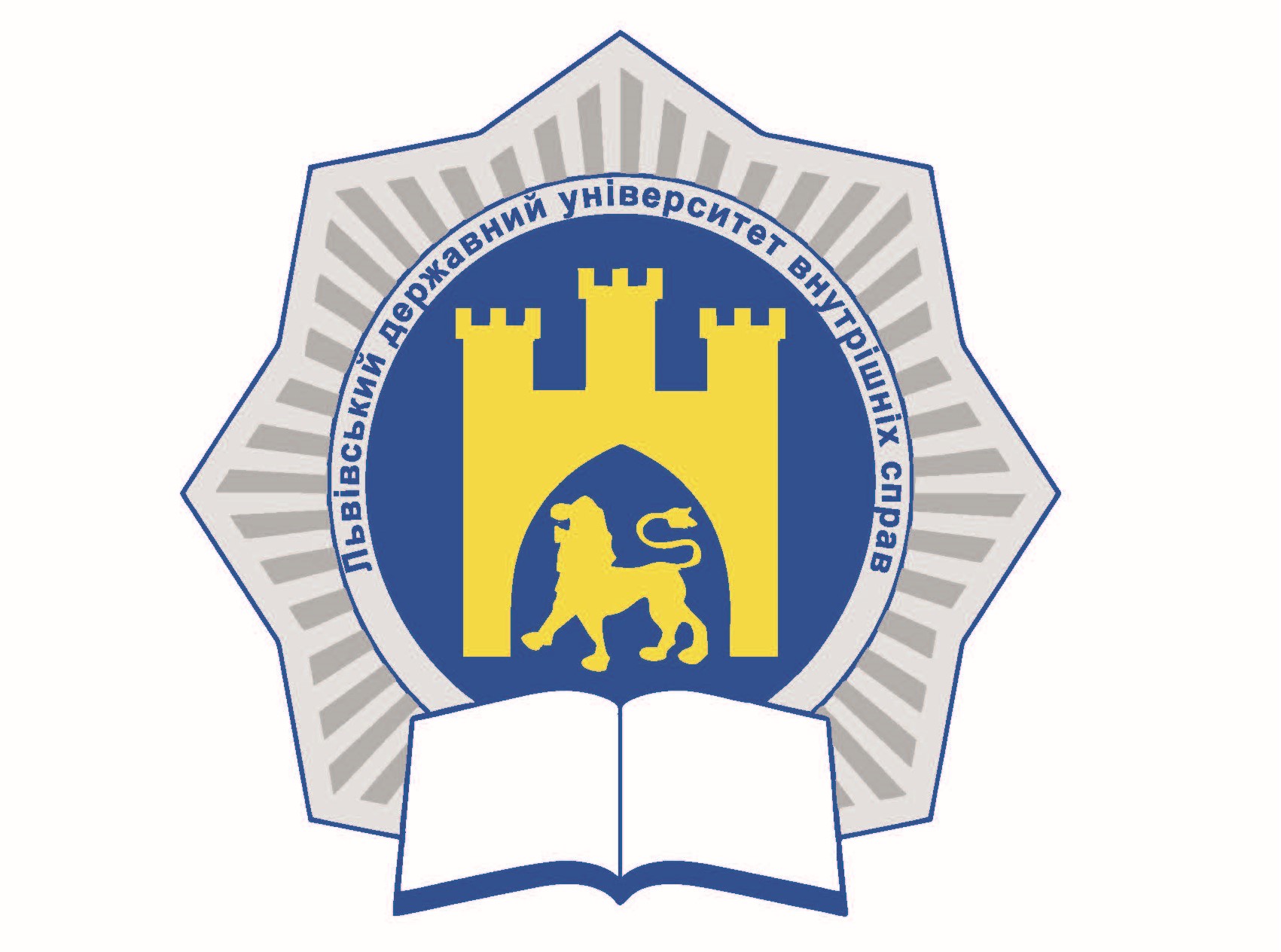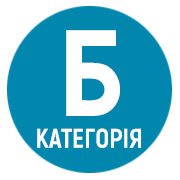SOCIOLOGICAL MODELS OF DIGITAL COMMUNICATIONS AND LEGAL DOCUMENT TRANSFER IN UKRAINE
DOI:
https://doi.org/10.32782/2311-8040/2023-4-14Keywords:
social communications, legal document circulation, structure of information transmission, models of electronic communications, social aspects of communication influence.Abstract
Abstract. Modernity shows that thanks to the active introduction of electronic and digital communications into all spheres of social life, the development of artificial intelligence technologies in communication processes, the defining components of existing communication models have been transformed, and their functional purpose is changing at a rapid pace. That is why the authors pay considerable attention in this article to the outlined directions of transformation, including the qualitative growth of social communication, changing the methods of information transmission and elements of the communication process, namely, the communicator – the audience. The article is devoted to the problems of changing the modern communication paradigm. The authors proposed an improved communication model of H. Lasswell, which takes into account modern changes in the digitalization of communications, the time of interest and the distribution structure. The authors believe that, in addition to the physical environment of information dissemination, the structure of dissemination, which in modern conditions has an unconditional network character, has a significant impact on its effectiveness. In the case of a network structure of distribution of documents (messages) with instantaneous and almost simultaneous receipt of information by a significant number of persons, the main influencing factor will be the "time of interest" of the recipients in the received information. The article analyzes new factors of the digital communication process: the communicator (source of information) can be anonymous (unknown), and the information forwarded can be adjusted to the addressee, communication channels can also be adjusted to the addressee. The number of information sources for the addressee is theoretically unlimited, but in fact the addressee uses a limited number of sources, being sure that he has full access to any information. The most significant feature of modern digital communications is the rapid development of social networks in which the recipients of information are both a source of mass communication and producers of exclusive content. The authors come to the conclusion that the development of modern communication technologies is one of the most important vectors today, but it has ambiguous consequences for the development of global society.
References
Elliott A., Urry J. Mobile lives: self, excess and nature. London and New York: Routledge Taylor&Francis Group. 2010. 208 p. URL: https://www.taylorfrancis.com/books/mono/10.4324/9780203887042/mobile-livesanthony-elliott-john-urry (дата звернення: 10.08.2023).
Глєбова А., Кравченко В. Розвиток цифрових комунікацій в умовах діджиталізації економіки України: проблеми та можливості. Ефективна економіка. 2021. № 9. URL: http://www.economy.nayka.com.ua/pdf/9_2021/82.pdf (дата звернення: 10.08.2023).
Вишневский Ю. Якою буде світова економіка через 15 років. Влада та гроші. 2015. Т. 9, № 434. URL: https://www.reuters.com/world/europe/world-bank-says-ukraine-has-tenfold-increase-povertyduewar-2022-10-15 (дата звернення: 10.08.2023).
Evans M. 5 stats you need to know about the digital consumer in 2019. Forbes. 2018. URL: https://www.forbes.com/sites/michelleevans1/2018/12/17/5-stats-you-need-to-know-about-the-digital-consumer-in-2019/?sh=212c3ec0636b (дата звернення: 10.08.2023).
Lasswell H. Propaganda technique in the world war. New York : K. Paul, Trench, Trubner & co., ltd.,1927. 233 p.
Lasswell H., Smith B., Casey R. Propaganda, communication, and public opinion; a comprehensive reference guide. Princeton university press. 1946. P. 74–94.
Shannon C., Weaver W. The mathematical theory of communication. Bell system technical journal. 1948. No. 27. P. 379–423.
McAnany E., Schramm W. 1907–1987: Roots of the past, seeds of the present. Journal of Communication. 1988. Vol. 4, no. 38. P. 109–122. URL: https://doi.org/doi:10.1111/j.1460-2466.1988.tb02073.x (дата звернення: 10.08.2023).
Gerbner G. Toward «cultural indicators»: the analysis of mass mediated public message systems. AV communication review. 1969. Vol. 2, no. 17. P. 137–148. URL: http://www.jstor.org/stable/30217499 (дата звернення: 10.08.2023).
Mcquail D., Windahl S. Communication models for the study of mass communications. Routledge : Longman, 1993. 229 p. URL: https://archive.org/details/communicationmod0000mcqu (дата звернення: 10.08.2023).
Osipova N., Pronchev G., Elishev S. Mass information media and propaganda mouthpiece as a tool for manipulating and social inequality factor among the young people. Astra salvensis. 2018. Vol. 6. P. 541–550.
Kirzhetska M., Kirzhetskyy Y., Kohyt Y. Peculiarities of tolerance to uncertainty of people in late adulhood as a factor affecting mental well-being. Wiadomosci lekarskie. 2022. Vol. 8, no. 75. P. 1839–1844. URL: https://doi.org/doi:10.36740/WLek202208104 (дата звернення: 10.08.2023).









